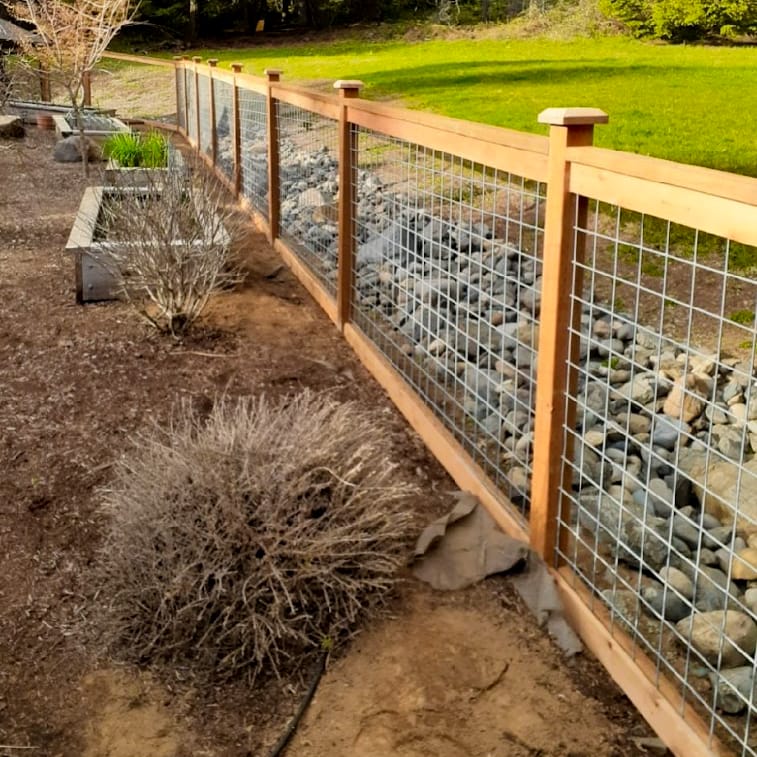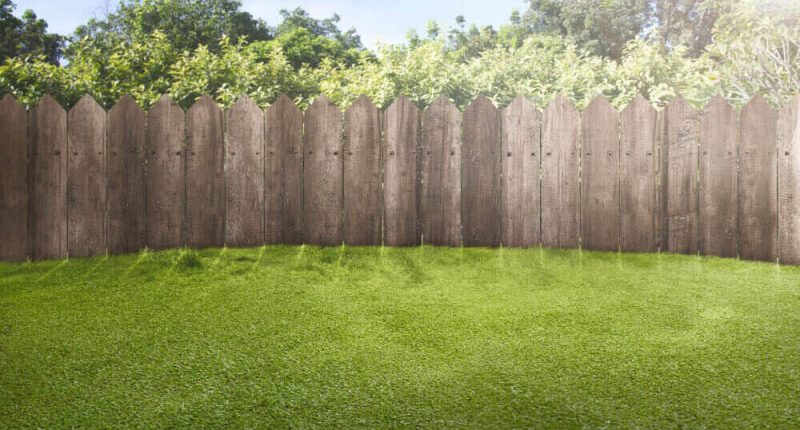Featured

Selecting the right fence material is essential for accomplishing the equilibrium of toughness, appearances, and functionality that fits your residential or commercial property. Timber, plastic, and light weight aluminum are preferred options, each with special features that cater to certain demands. Right here's an extensive consider the benefits and drawbacks of these 3 materials.
Wood Fence. Pros:. Timeless Allure: Wood uses a natural, classic appearance that matches numerous building designs. Customizable: It can be painted or tarnished in a variety of designs and shades. Cost effective: Wood fences are commonly less expensive upfront than vinyl or light weight aluminum. Eco-Friendly: As a sustainable source, wood is naturally degradable and sustainable when sourced properly. Disadvantages:. Maintenance-Intensive: Needs routine discoloration, paint, or securing to shield versus climate and pests. Much Shorter Life-span: Depending upon the kind of timber and environment, it usually lasts 10-15 years. Susceptability to Damage: Prone to decomposing, bending, and termite damage without proper care. Wood is perfect for house owners who value appearances and agree to spend time and effort in upkeep to extend its life.
Plastic Fence. Pros:. Resilient: Immune to pests, rot, and weather, vinyl keeps its structure in rough problems. Reduced Upkeep: Requires little maintenance past occasional cleansing. Long Lifespan: Plastic can last 20-30 years without significant wear or damages. Flexible Layouts: Offered in various shades, structures, and styles, consisting of options that mimic wood. Disadvantages:. Expensive Installation: Vinyl fences are extra costly to set up compared to wood. Brittle in Cold Weather condition: Vinyl can crack in severe cool environments. Tough to Repair work: If harmed, entire sections might need substitute, which can be testing to match. Plastic secure fencing is an excellent selection for those prioritizing longevity and minimal maintenance, also if it comes with a higher ahead of time cost.

Aluminum Fencing. Pros:. Rust-Resistant: Aluminum does not rust, making it excellent for wet or damp locations. Light-weight however Solid: Offers toughness without being extremely heavy, which streamlines setup. Low Maintenance: Needs little more than cleaning and periodic repainting. Longevity: Aluminum fencings can last for decades without considerable degeneration. Stylish Layouts: Typically used for ornamental objectives, light weight aluminum includes sophistication to any kind of residential property. Disadvantages:. High First Expense: Aluminum fences are among the more pricey choices. Restricted Privacy: Often made with open areas, they do not block sights or noise. Susceptible to Dents: While tough, aluminum can be nicked or curved with hefty influence. Aluminum is best matched for those that desire a lasting, trendy fencing and don't call for complete privacy.
Making the Right Selection. Each material has its toughness and weak points:

Timber is best for eco-conscious customers and standard appearances that don't mind upkeep. Plastic helps home owners seeking a weather-resistant, low-maintenance option. Aluminum is a resilient, ornamental choice for those who desire sophistication and longevity. Consider your concerns-- whether it's price, maintenance, privacy, or appearance-- and seek advice from a secure fencing professional to select the material that finest satisfies your demands. A well-selected fencing will boost your property for several years to come.
Latest Posts
Discover the Leading Auto Repair Coupons in Montclare, Chicago
Published May 30, 25
1 min read
Find Premier Auto Repair Solutions in Chicago – Expert Care for Your Vehicle
Published May 25, 25
1 min read
Find Oil Changes & More: Comprehensive Auto Care Solutions from Montclare Auto Repair
Published May 24, 25
1 min read
More
Latest Posts
Discover the Leading Auto Repair Coupons in Montclare, Chicago
Published May 30, 25
1 min read
Find Premier Auto Repair Solutions in Chicago – Expert Care for Your Vehicle
Published May 25, 25
1 min read
Find Oil Changes & More: Comprehensive Auto Care Solutions from Montclare Auto Repair
Published May 24, 25
1 min read